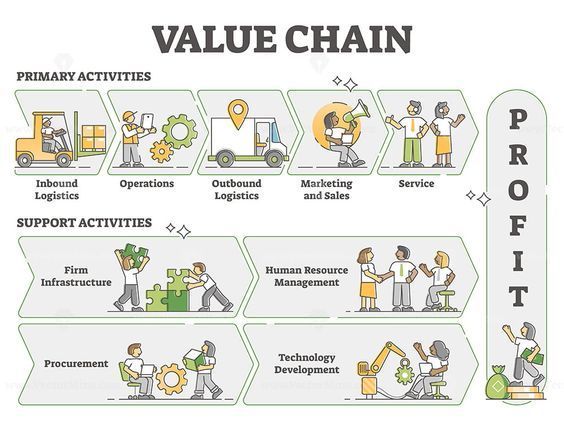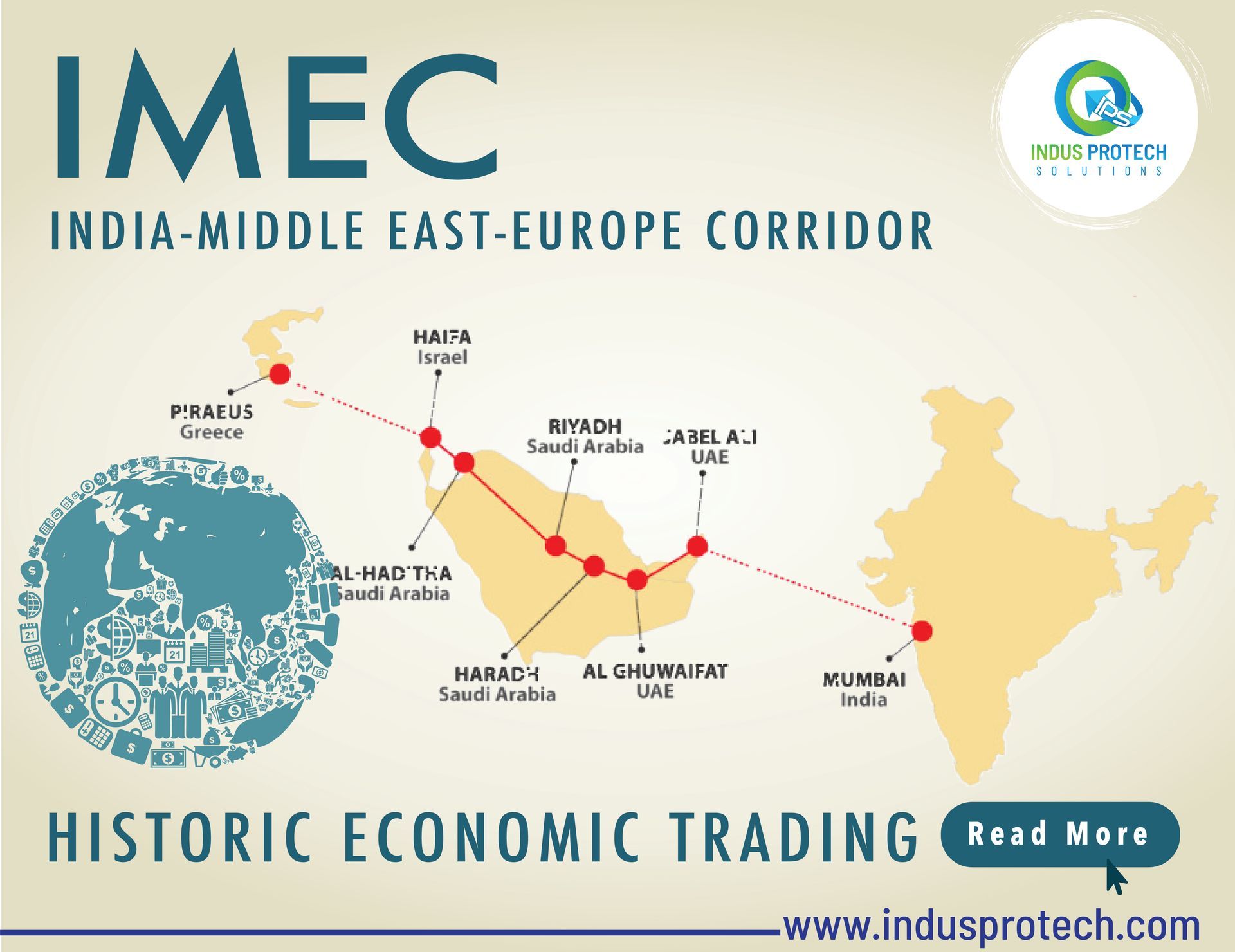For Enqiury Please E-Mail to info@indusprotech.com. Reach us at +91 44-22 511 522
For Enqiury Please E-Mail to info@indusprotech.com Reach us at +91 9360558441
How Does Value Chain Analysis Enhance Business Operations?

In today's fast-paced business environment, gaining a competitive edge is crucial for success. One effective tool that businesses can use to understand their operations and identify opportunities for improvement is value chain analysis. This strategic management concept allows businesses to deconstruct their activities and adds value at each step of the process, ultimately leading to increased efficiency and profitability. In this blog post, we will explore the power of value chain analysis and its benefits and how it can be applied to drive business success.
Understanding What Value Chain Means
At its core, the value chain is a series of interconnected activities that businesses engage in to create and deliver a product or service to customers. These activities can be categorised into two types: primary activities and support activities.
Primary activities are directly involved in creating, producing, and distributing a product or service.
They include:
- Inbound logistics (sourcing and receiving raw materials),
- Operations (manufacturing or service delivery),
- Outbound logistics (shipping and distribution),
- Marketing and sales (promoting and selling products), and
- After-sales service (customer support).
Support activities, on the other hand, provide the necessary infrastructure and support for the primary activities to function efficiently.
They include :
- Procurement (sourcing and purchasing), technology development (research and development),
- Human resource management (employee recruitment and training), and
- Firm infrastructure (general management, finance, and accounting).
Value chain analysis involves examining each of these activities to identify where value is added and where costs are incurred. By understanding the value chain and its components, businesses can identify areas of strength and weakness, and make informed decisions to improve their operations and create a competitive advantage.

Benefits of Value Chain Analysis
Increased Efficiency
Value chain analysis allows you to dissect each activity in your business operations, helping you identify areas of inefficiency or waste. By understanding the flow of activities and resources, you can optimize processes, eliminate redundant tasks, and streamline operations. This leads to improved efficiency, reduced costs, and enhanced productivity, giving you a competitive edge in the market.
Competitive Advantage
Value chain analysis allows you to identify areas where you can add unique value to your products or services, setting you apart from competitors. It helps you understand how each activity contributes to the final product or service and enables you to differentiate yourself by offering superior quality, unique features, or exceptional customer service.
Strategic Decision-Making
Value chain analysis provides valuable insights into your business operations, allowing you to make informed strategic decisions. It helps you prioritize activities, allocate resources effectively, and identify areas where investments can generate the highest return on investment (ROI). This enables you to make data-driven decisions that align with your business goals and long-term vision.
Enhanced Collaboration
Value chain analysis promotes collaboration and communication among different departments or teams within your organization. It encourages cross-functional collaboration as it requires input from various stakeholders involved in different activities along the value chain. This fosters a culture of teamwork, knowledge sharing, and innovation, leading to better coordination and integration of efforts across the organization.
Flexibility and Adaptability
Value chain analysis helps you understand the dynamics of your business environment and identify potential risks or disruptions. It allows you to assess the vulnerabilities in your value chain and develop contingency plans to mitigate risks or adapt to changing market conditions. This flexibility and adaptability enable your business to respond proactively to challenges and seize new opportunities.
Just like a skilled captain relies on their compass to navigate through rough waters, value chain analysis can be your compass in the world of business, guiding you towards business success. So, set sail with value chain analysis and unlock the hidden treasures of your business potential!


E-Subscribe to Newsletter content
We will get back to you as soon as possible.
Please try again later.










